New book takes you inside Frinton Park Estate: the Essex modernist housing scheme
‘Frinton Park Estate’, a new book by photographer James Weston, delves into the history of a modernist housing scheme in Essex, England
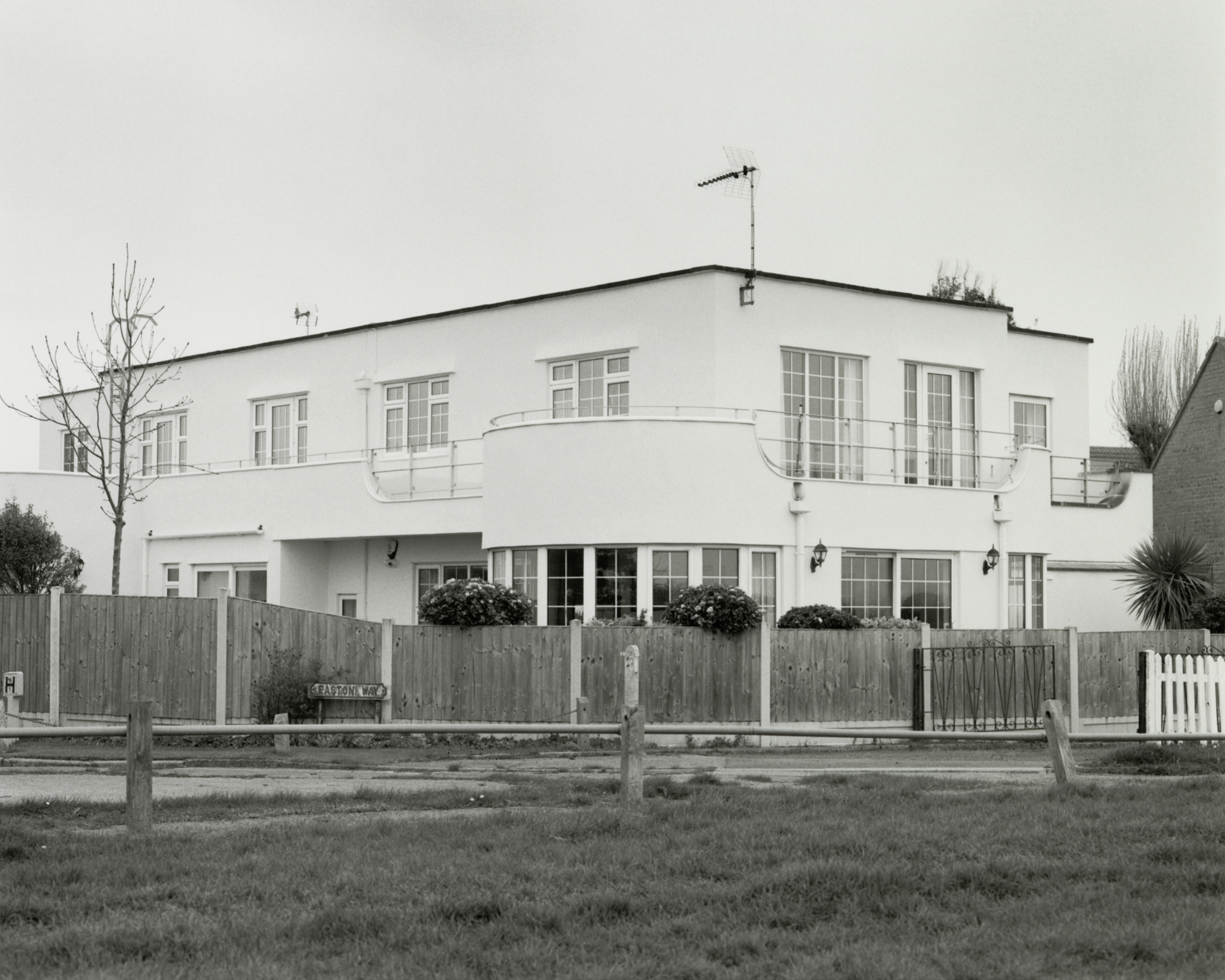
Frinton Park Estate, a new publication featuring captivating visuals by photographer James Weston, has just launched, exploring the modernist architecture and art deco roots of the housing scheme at Frinton On The Sea in Essex, England. The book looks at the project's history, from its beginnings in 1936 when South Coast Investment Company bought 200 acres of land on site led by consultant architect Oliver Hill, to the completion of the 25 homes (out of the 50 in total, planned by architects such as FRS Yorke and Connell, Ward and Lucas, as well Maxwell Fry and Wells Coates). The ambitious scheme exemplified the era's 'Streamline Moderne' aesthetic of naval-inspired shapes and crisp, white volumes. The result? A striking collection of 20th-century homes, seen here through Weston's expert lens.
We talk Frinton Park Estate with photographer James Weston
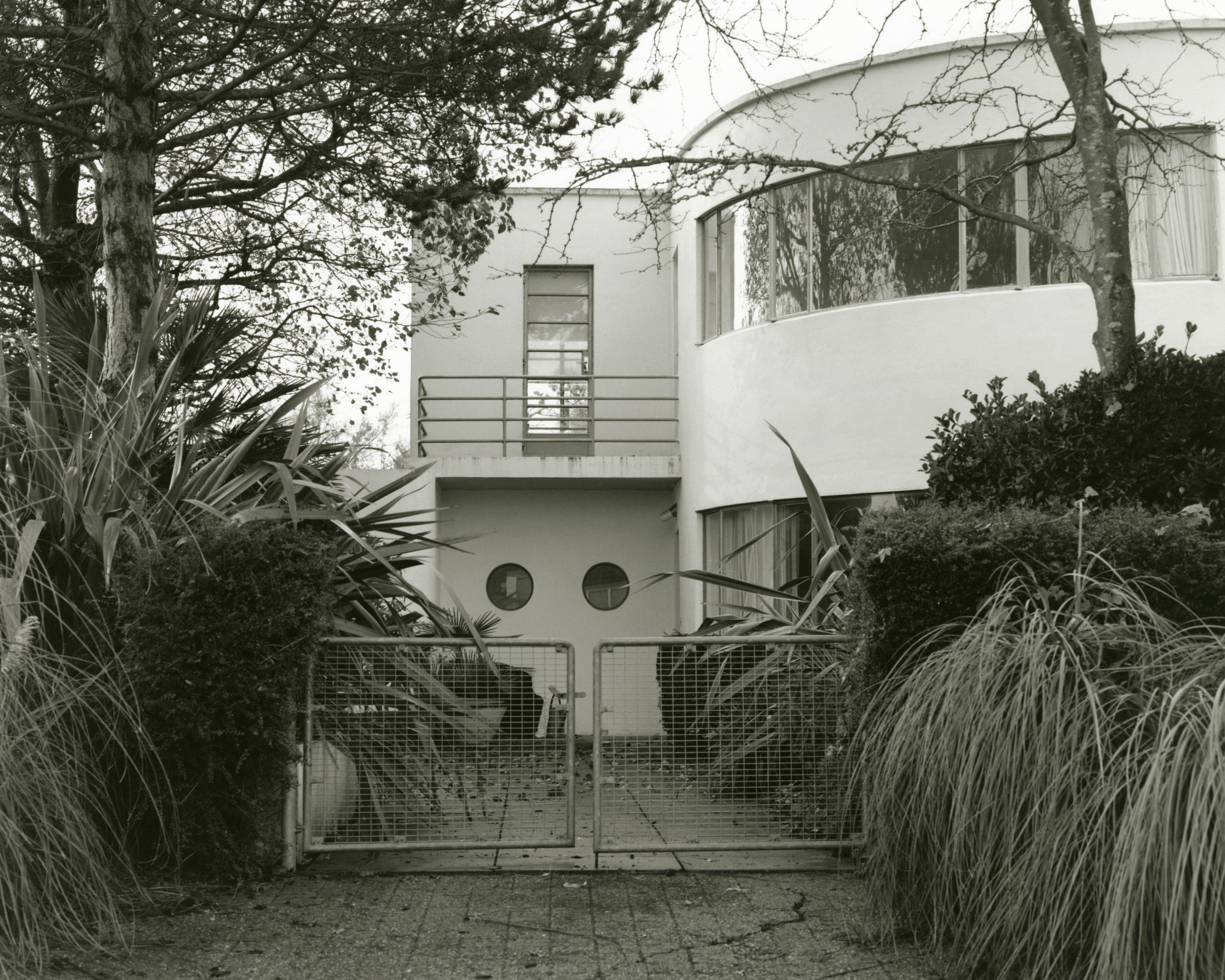
Wallpaper*: How did you come about the area and project? Was your shoot series the first time you visited?
James Weston: Frinton is a small seaside town not far from where I grew up. I would often go there with my parents when I was younger; I still go there now when I can.
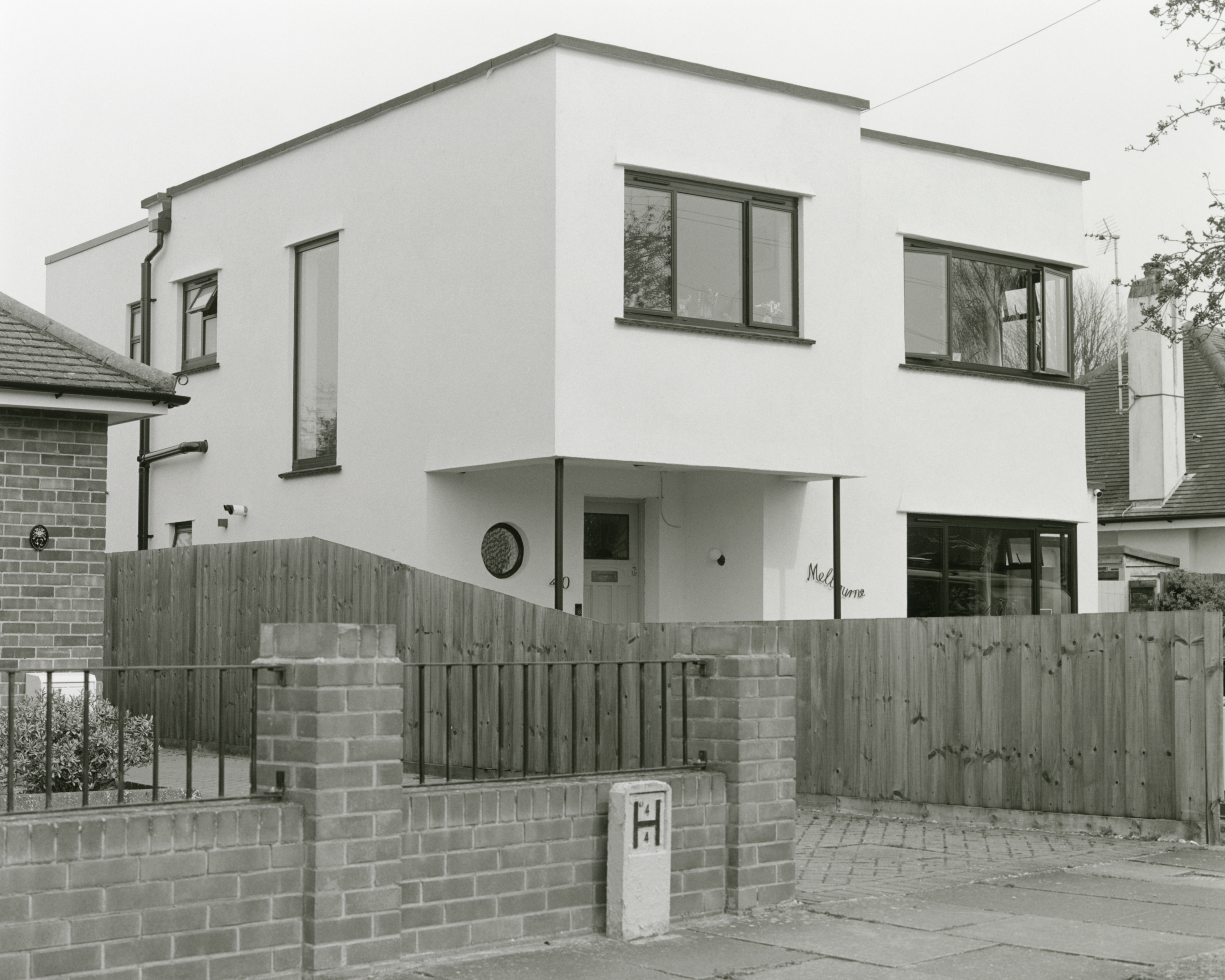
W*: What attracted you to the project?
JW: I was always intrigued by the original 1930s houses in the area, and found some of them very beautiful. Maybe more importantly, I'm fascinated with this idea of how we perceive the future and how it actually unfolds. Not in a pessimistic way, just more seated in realism as opposed to idealism and fantasy.
In relation to this project, this manifests itself as an idealistic vision of future living arrangements, which ultimately did not materialise as was originally envisioned.
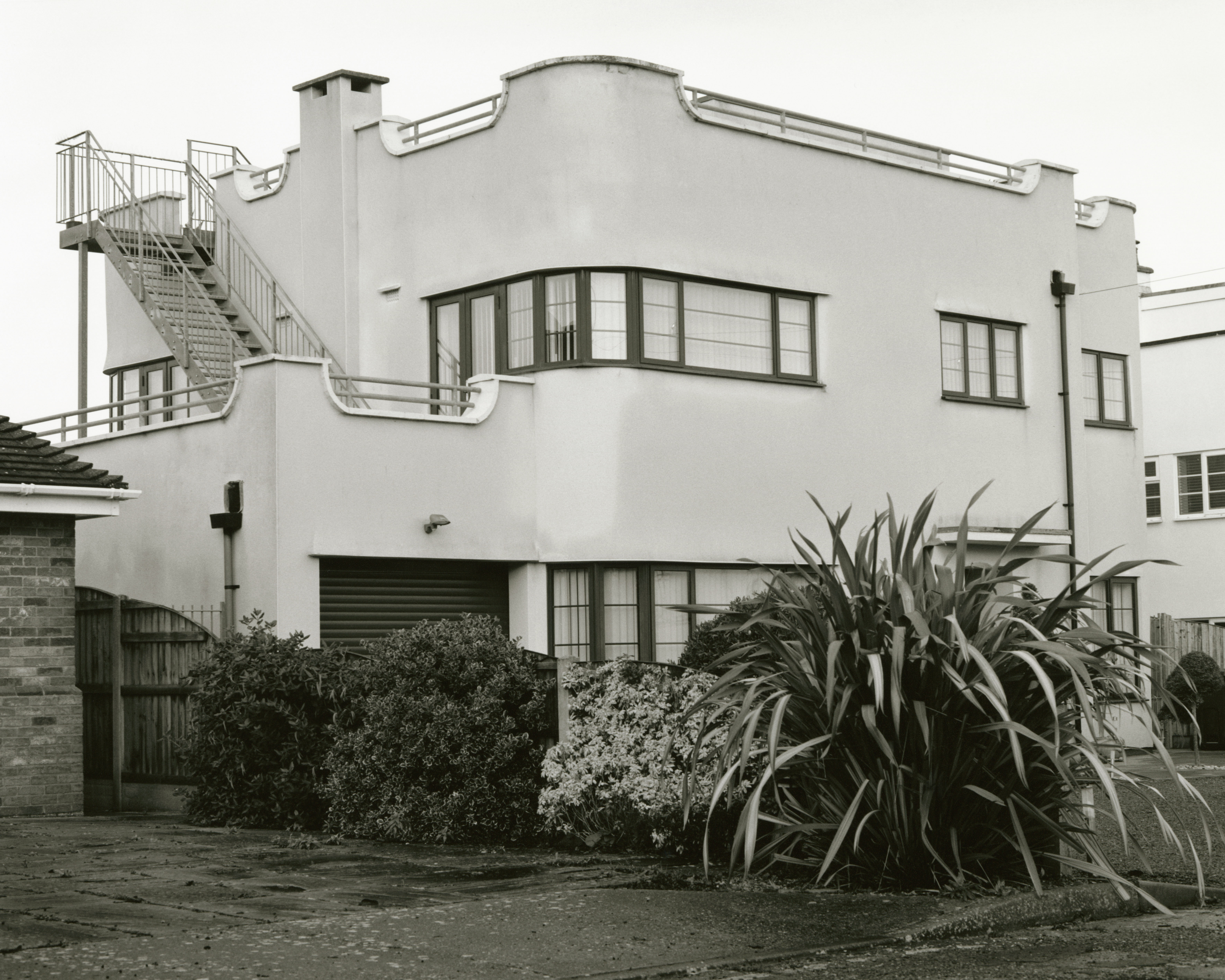
W*: Why black and white?
Wallpaper* Newsletter
Receive our daily digest of inspiration, escapism and design stories from around the world direct to your inbox.
JW: Good question. I’ve never seen these houses in black and white. I think it adds to an ambiguous aspect of time and place, I also love printing black-and-white in the darkroom.
After starting the project, I rediscovered early books by Ed Ruscha, such as Twentysix Gasoline Stations, Every Building On The Sunset Strip, Thirtyfour Parking Lots and Some Los Angeles Apartments. These books confirmed the vision I already had in my head for Frinton Park Estate. There is a DIY aspect to them, as well as a deadpan aesthetic, all of which are in black and white. I also wanted the book to feel like something you might stumble across in the school library, like an academic textbook you might have found from a bygone era.
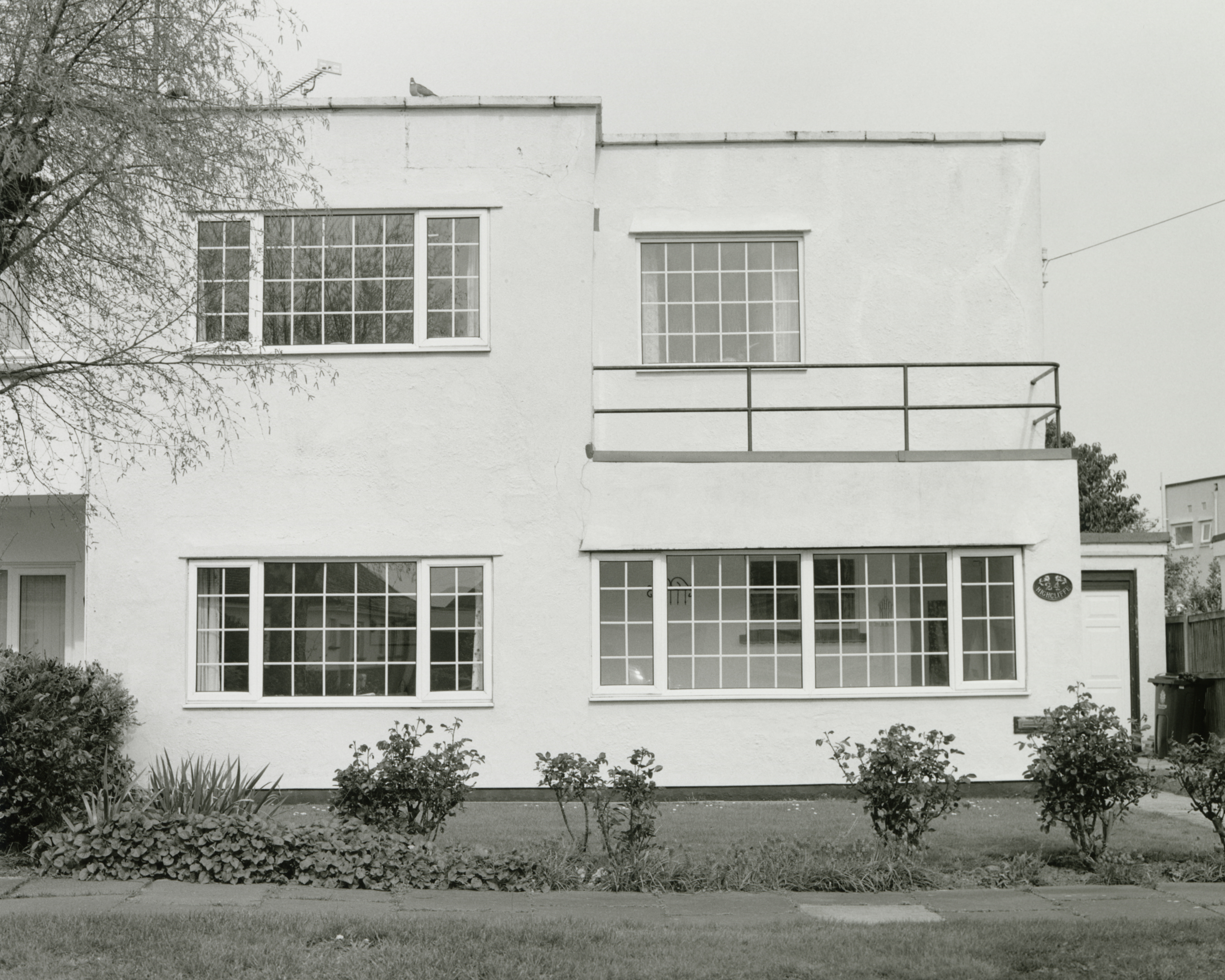
W*: Did the result match your expectations?
JW: As the photos are not of people, it’s far easier to control and anticipate the results, so yes the result is quite close to what I expected.
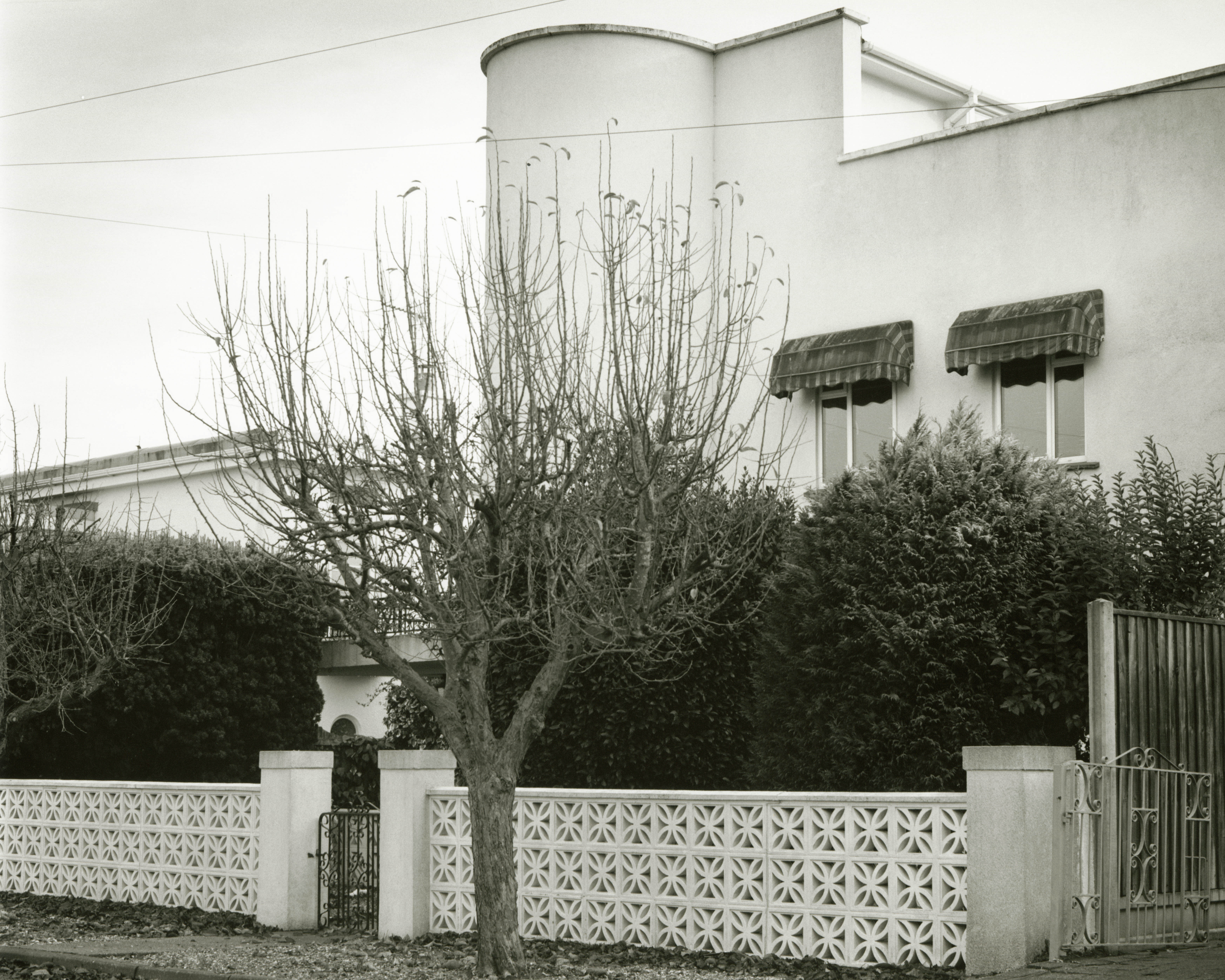
W*: What surprised you about this project?
JW: Just how important trees are, and what a difference they make to both a house, and a housing estate.
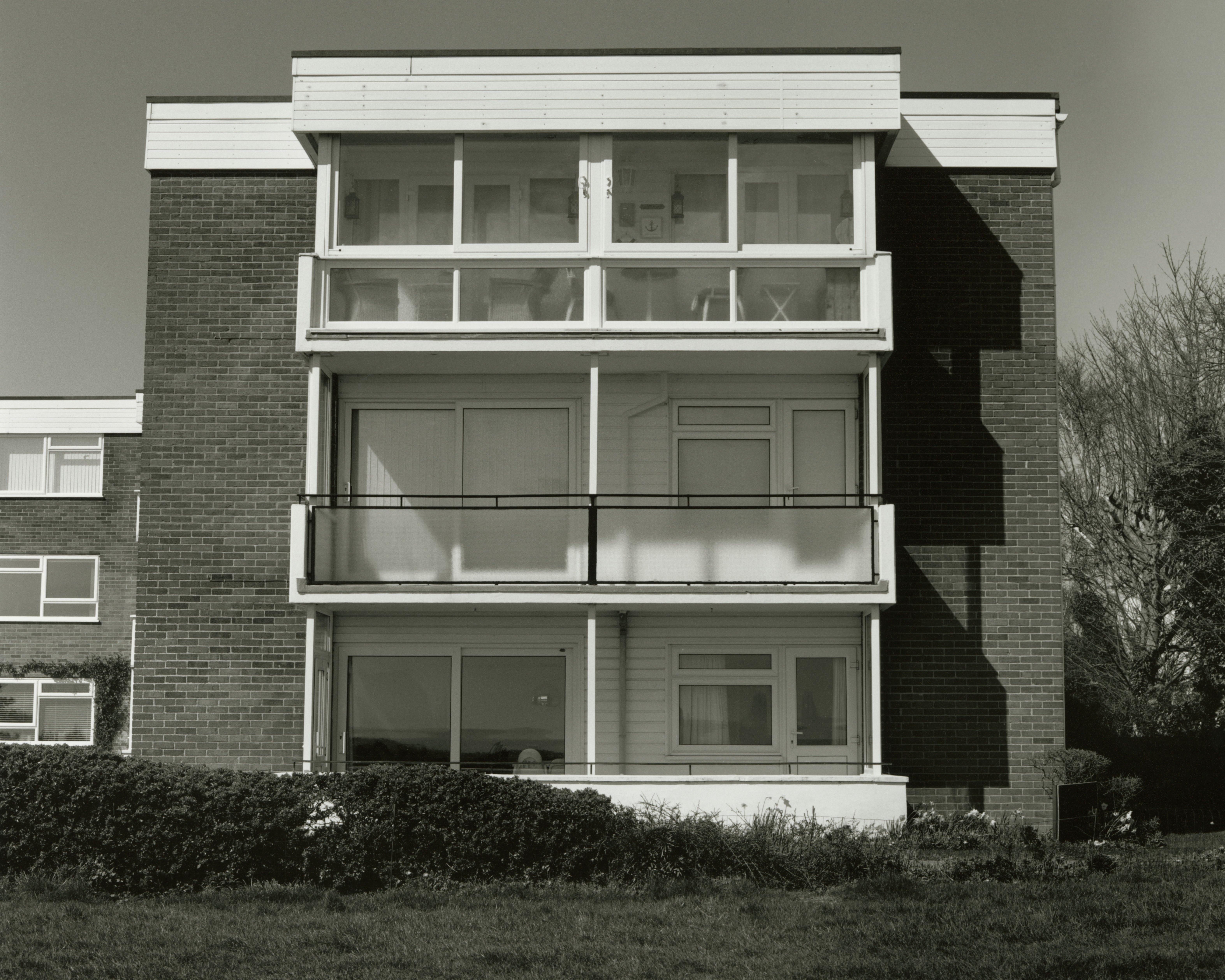
Ellie Stathaki is the Architecture & Environment Director at Wallpaper*. She trained as an architect at the Aristotle University of Thessaloniki in Greece and studied architectural history at the Bartlett in London. Now an established journalist, she has been a member of the Wallpaper* team since 2006, visiting buildings across the globe and interviewing leading architects such as Tadao Ando and Rem Koolhaas. Ellie has also taken part in judging panels, moderated events, curated shows and contributed in books, such as The Contemporary House (Thames & Hudson, 2018), Glenn Sestig Architecture Diary (2020) and House London (2022).
-
 Nikos Koulis brings a cool wearability to high jewellery
Nikos Koulis brings a cool wearability to high jewelleryNikos Koulis experiments with unusual diamond cuts and modern materials in a new collection, ‘Wish’
By Hannah Silver
-
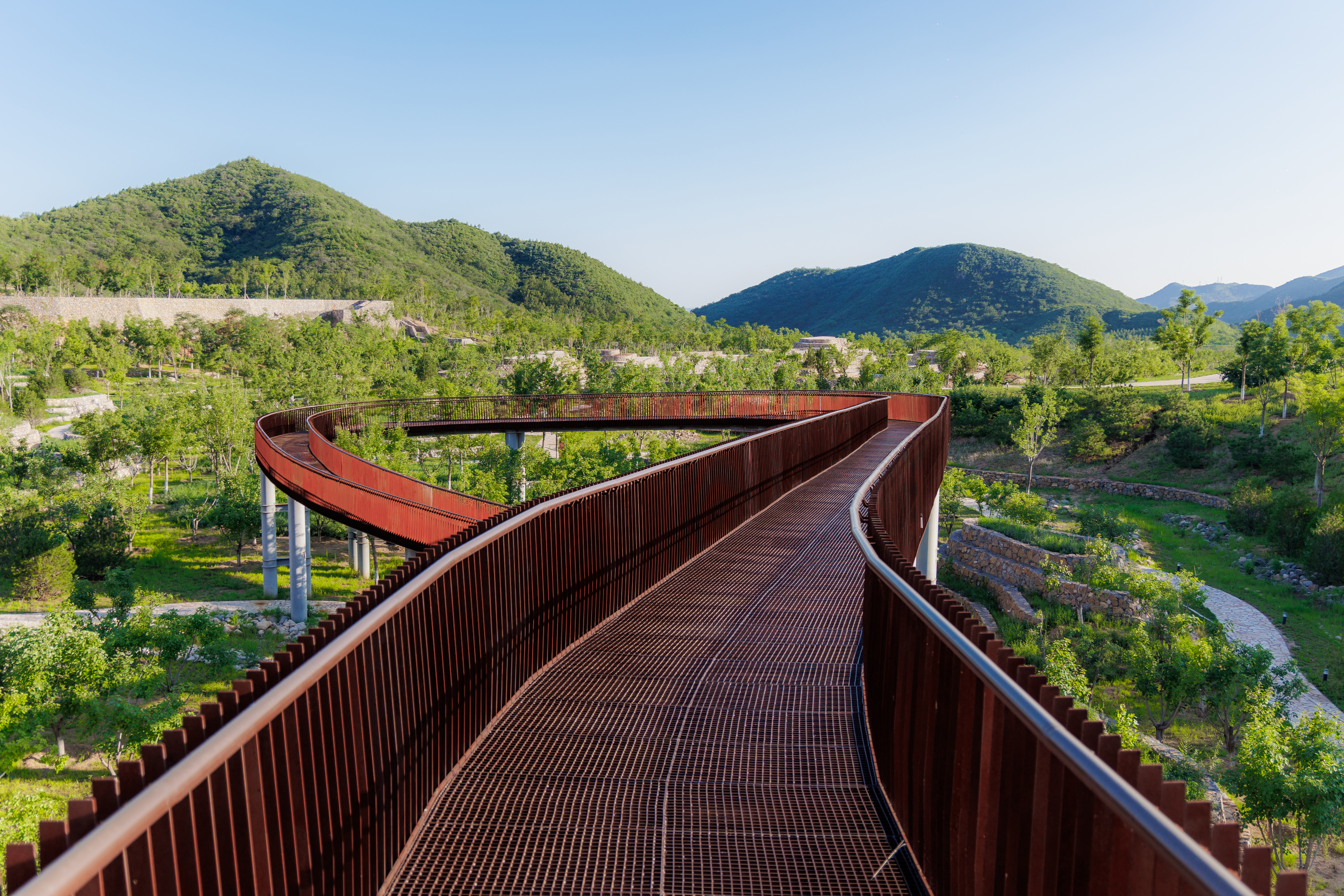 A Xingfa cement factory’s reimagining breathes new life into an abandoned industrial site
A Xingfa cement factory’s reimagining breathes new life into an abandoned industrial siteWe tour the Xingfa cement factory in China, where a redesign by landscape specialist SWA Group completely transforms an old industrial site into a lush park
By Daven Wu
-
 Put these emerging artists on your radar
Put these emerging artists on your radarThis crop of six new talents is poised to shake up the art world. Get to know them now
By Tianna Williams
-
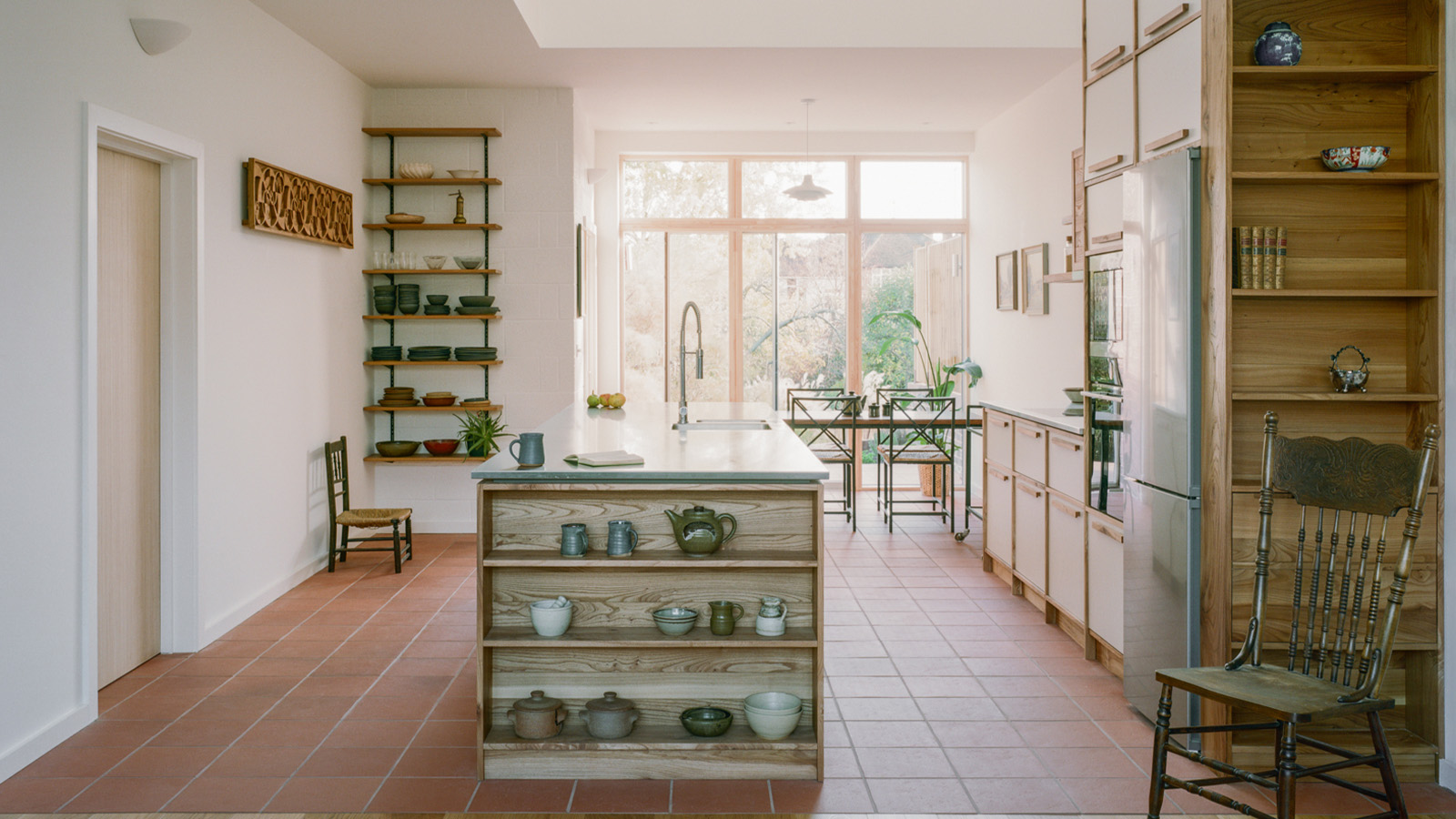 An octogenarian’s north London home is bold with utilitarian authenticity
An octogenarian’s north London home is bold with utilitarian authenticityWoodbury residence is a north London home by Of Architecture, inspired by 20th-century design and rooted in functionality
By Tianna Williams
-
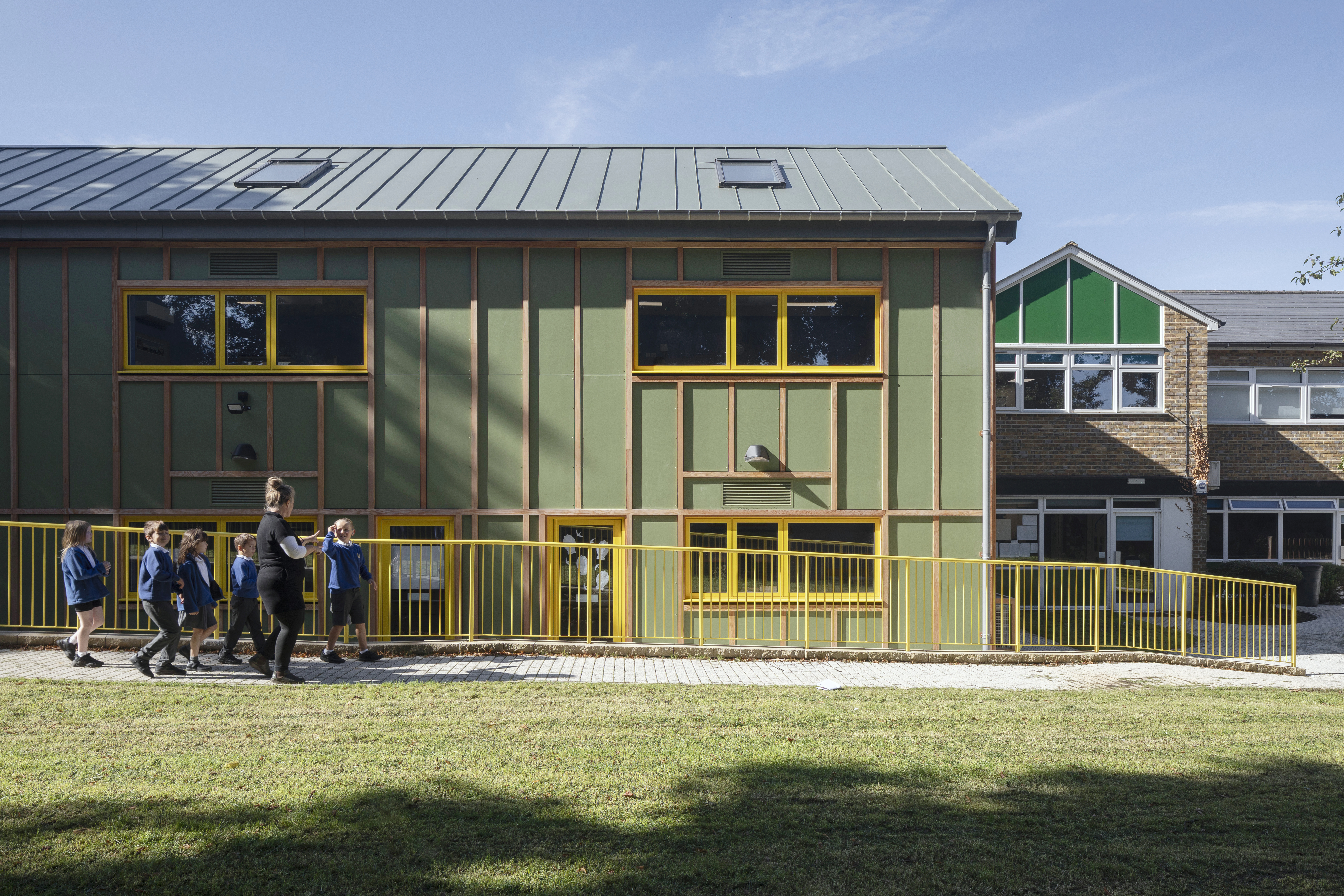 What is DeafSpace and how can it enhance architecture for everyone?
What is DeafSpace and how can it enhance architecture for everyone?DeafSpace learnings can help create profoundly sense-centric architecture; why shouldn't groundbreaking designs also be inclusive?
By Teshome Douglas-Campbell
-
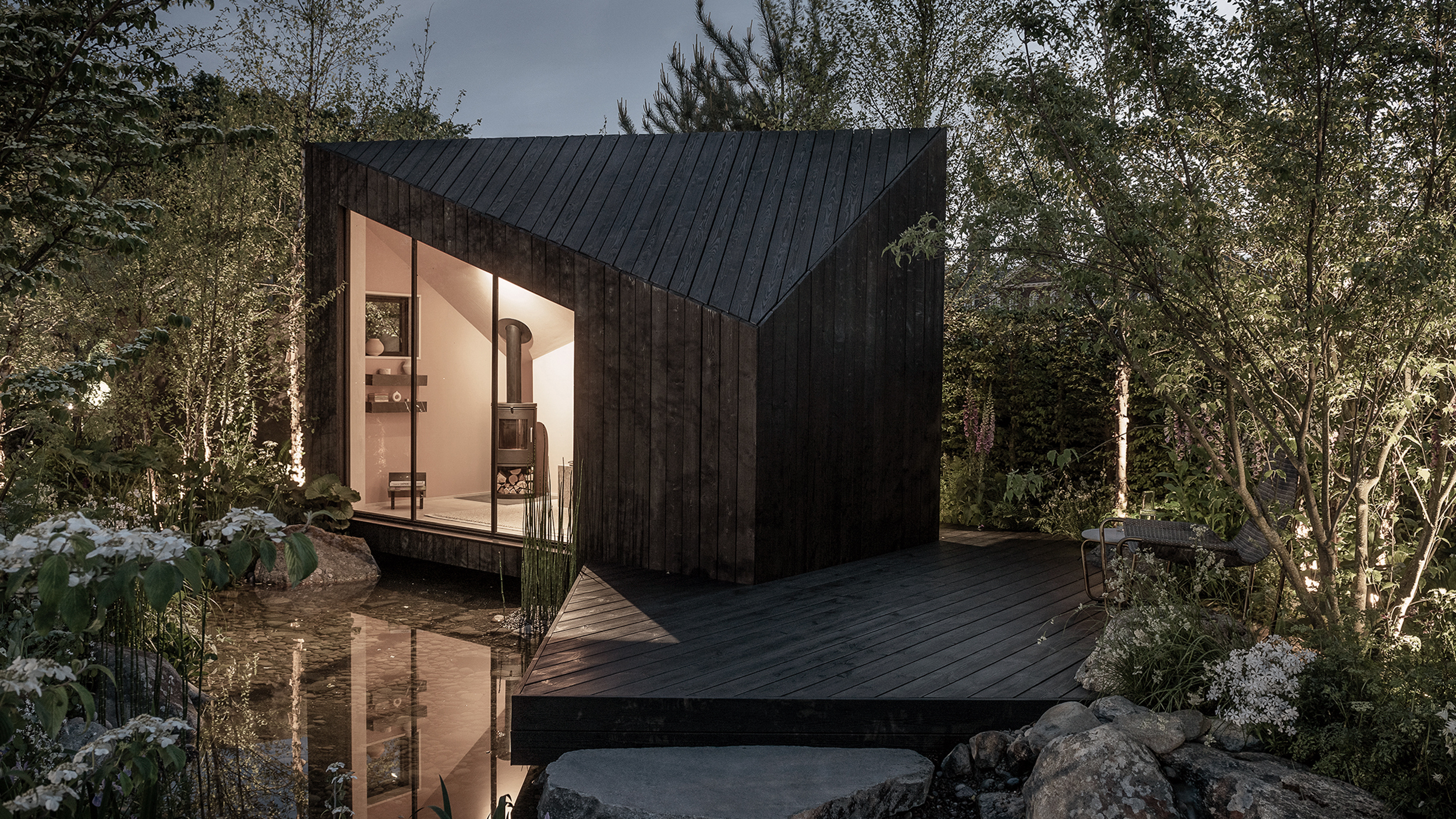 The dream of the flat-pack home continues with this elegant modular cabin design from Koto
The dream of the flat-pack home continues with this elegant modular cabin design from KotoThe Niwa modular cabin series by UK-based Koto architects offers a range of elegant retreats, designed for easy installation and a variety of uses
By Jonathan Bell
-
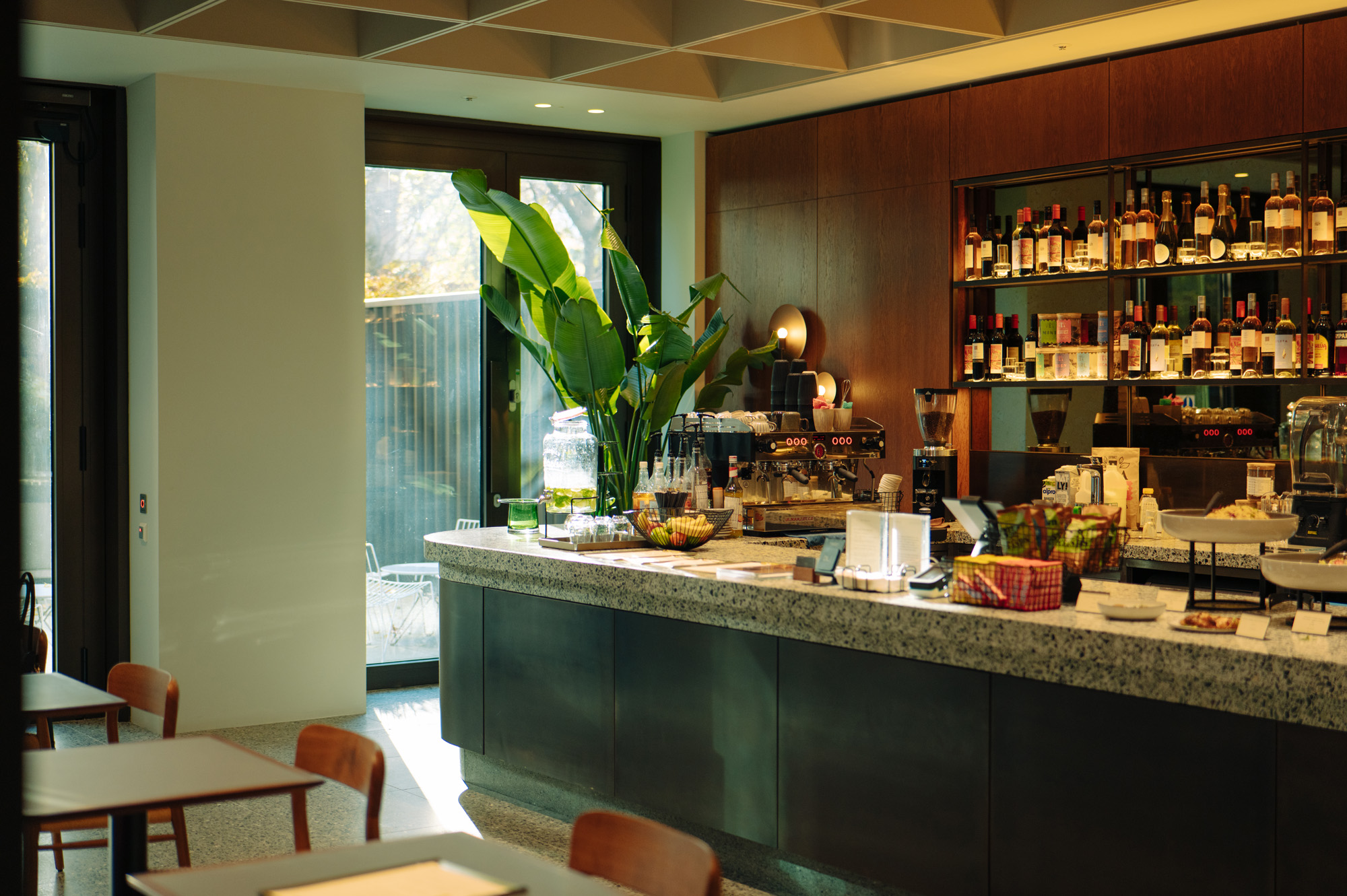 Are Derwent London's new lounges the future of workspace?
Are Derwent London's new lounges the future of workspace?Property developer Derwent London’s new lounges – created for tenants of its offices – work harder to promote community and connection for their users
By Emily Wright
-
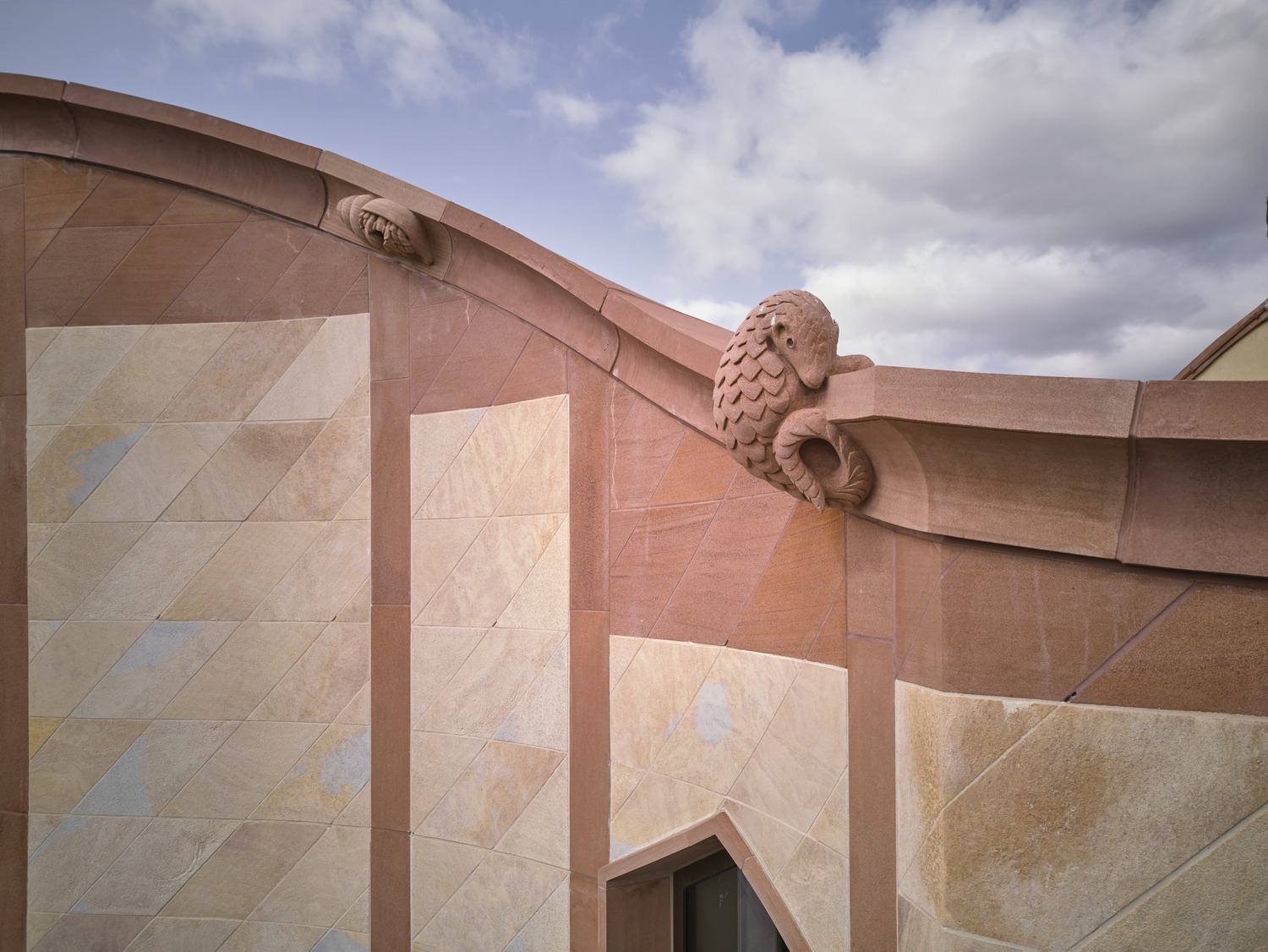 Showing off its gargoyles and curves, The Gradel Quadrangles opens in Oxford
Showing off its gargoyles and curves, The Gradel Quadrangles opens in OxfordThe Gradel Quadrangles, designed by David Kohn Architects, brings a touch of playfulness to Oxford through a modern interpretation of historical architecture
By Shawn Adams
-
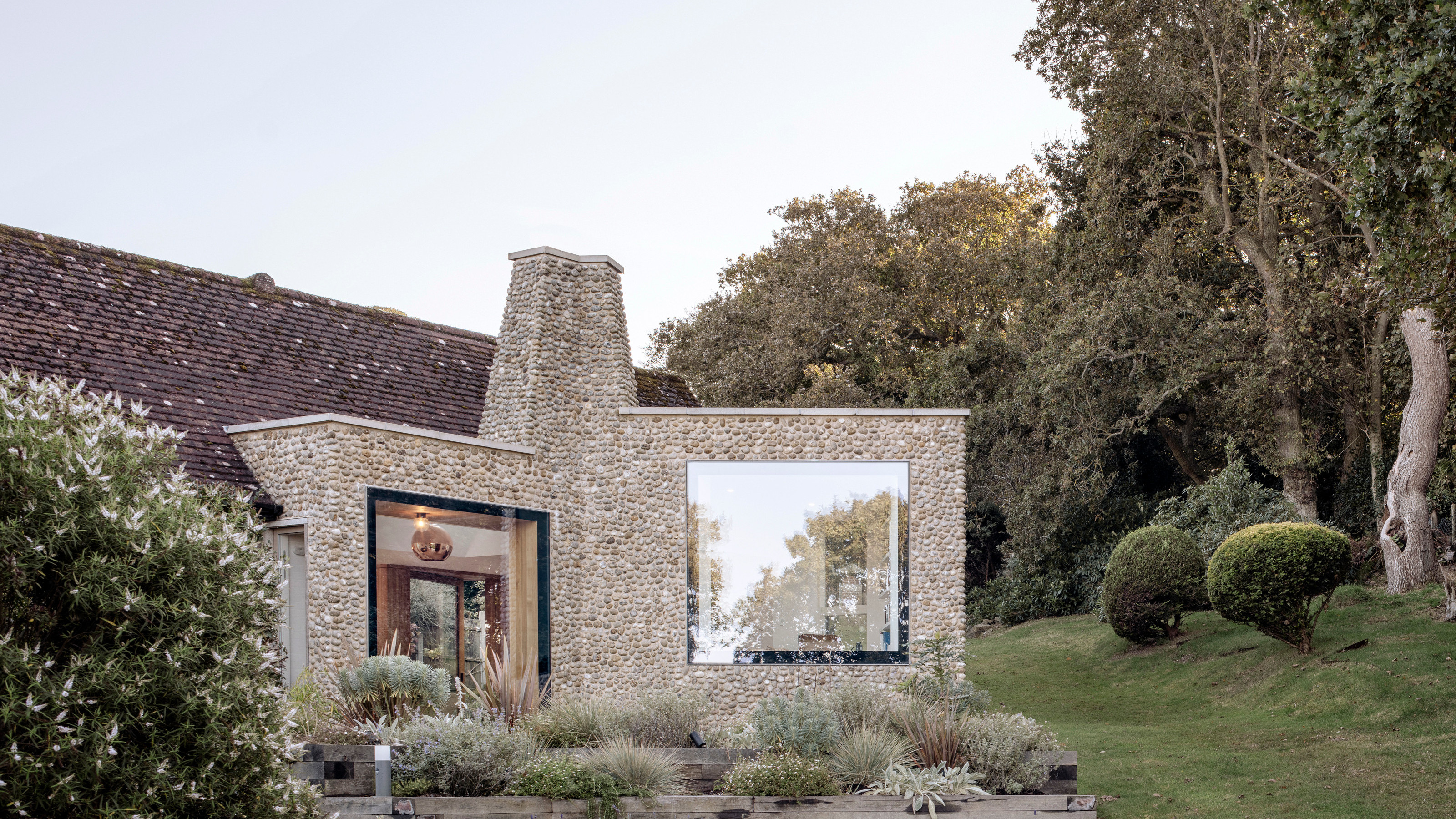 A Norfolk bungalow has been transformed through a deft sculptural remodelling
A Norfolk bungalow has been transformed through a deft sculptural remodellingNorth Sea East Wood is the radical overhaul of a Norfolk bungalow, designed to open up the property to sea and garden views
By Jonathan Bell
-
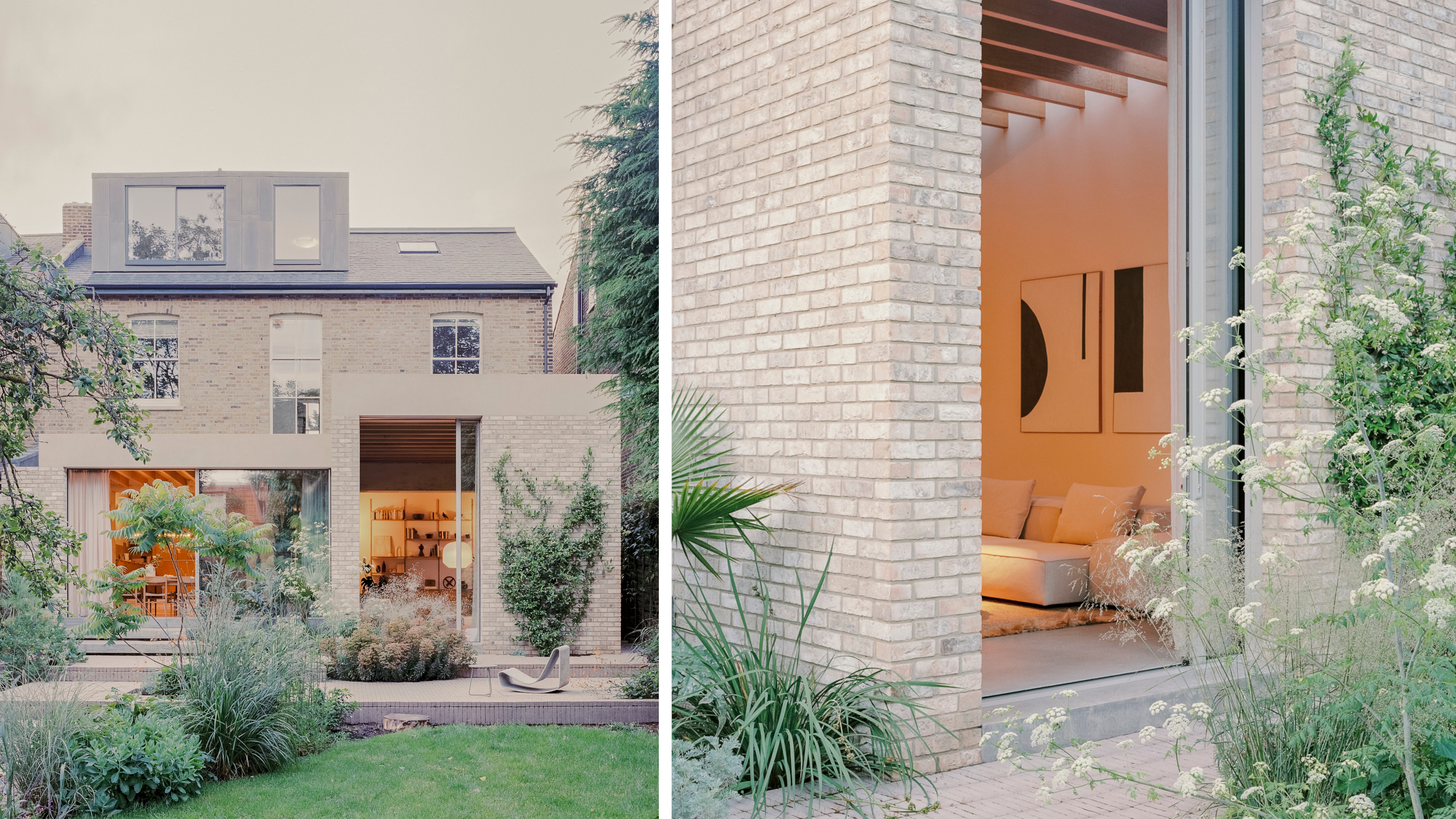 A new concrete extension opens up this Stoke Newington house to its garden
A new concrete extension opens up this Stoke Newington house to its gardenArchitects Bindloss Dawes' concrete extension has brought a considered material palette to this elegant Victorian family house
By Jonathan Bell
-
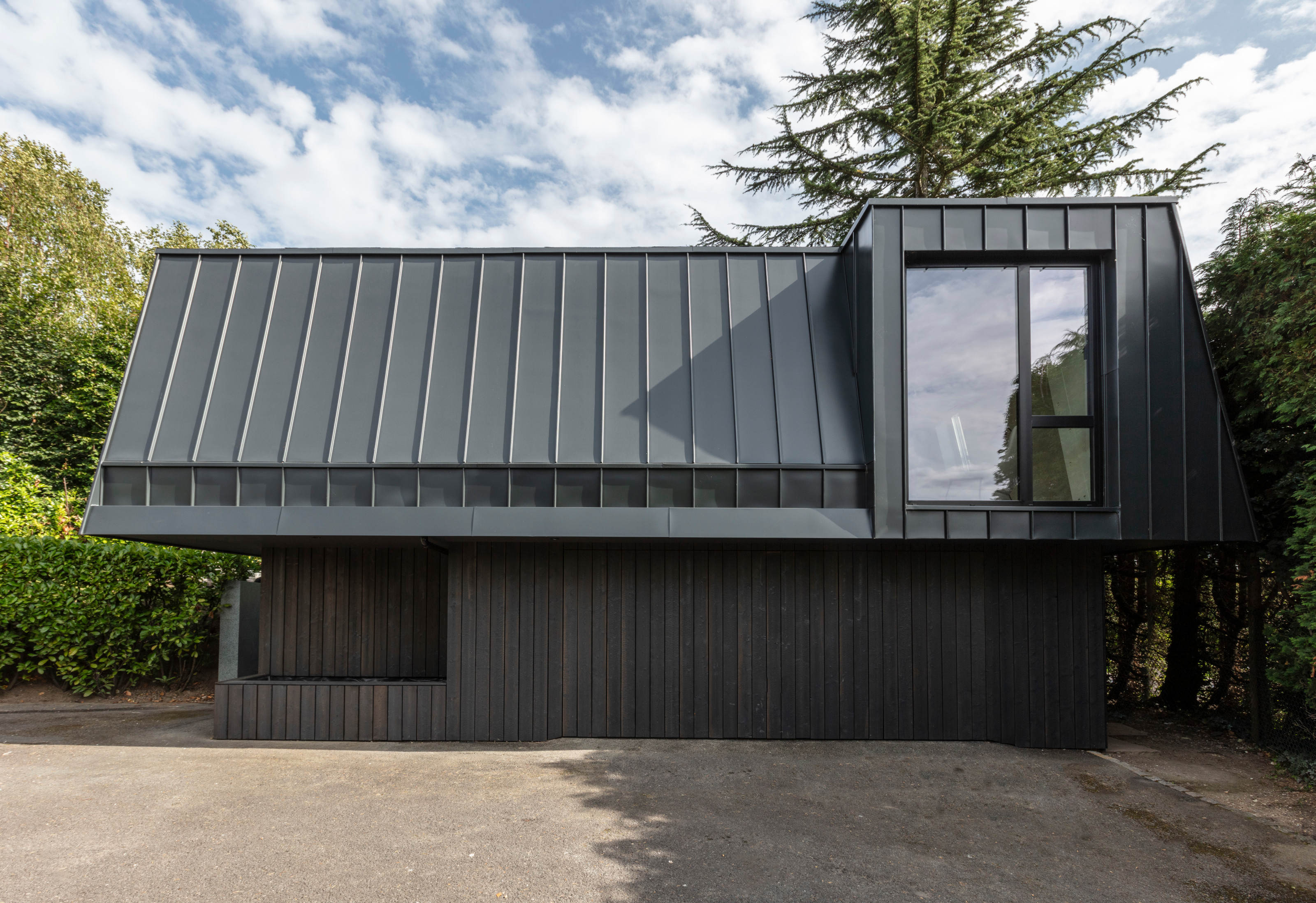 A former garage is transformed into a compact but multifunctional space
A former garage is transformed into a compact but multifunctional spaceA multifunctional, compact house by Francesco Pierazzi is created through a unique spatial arrangement in the heart of the Surrey countryside
By Jonathan Bell